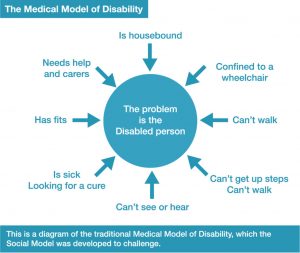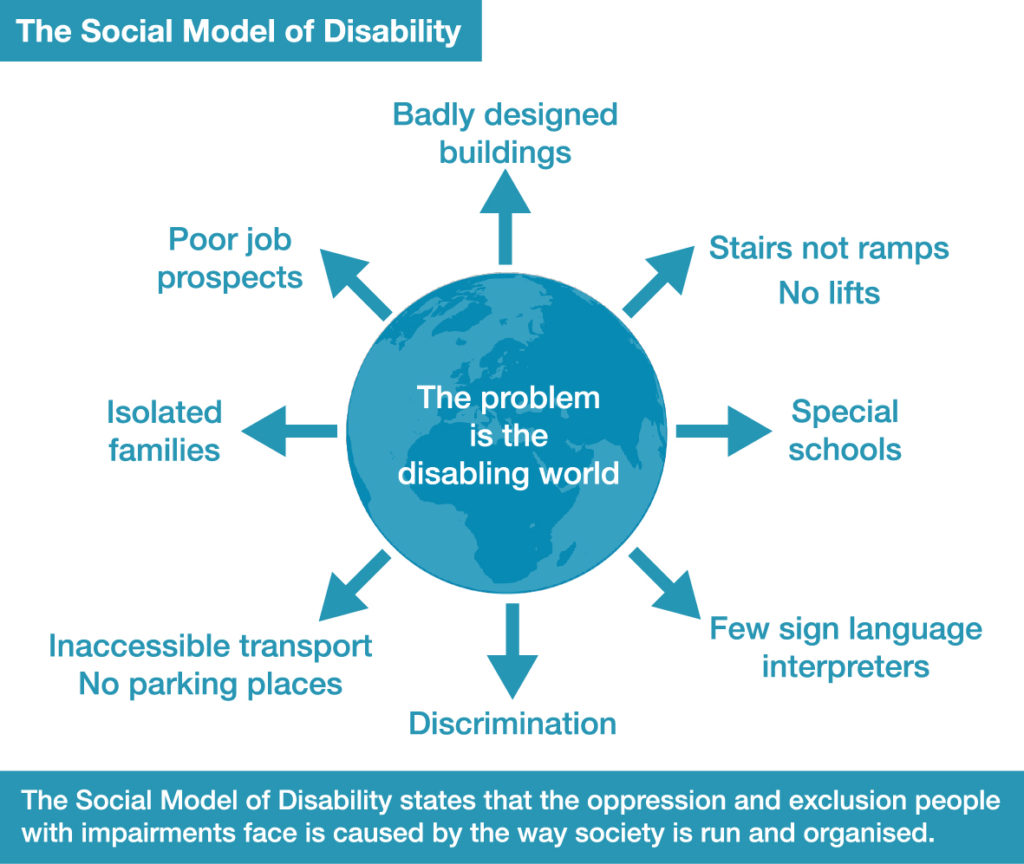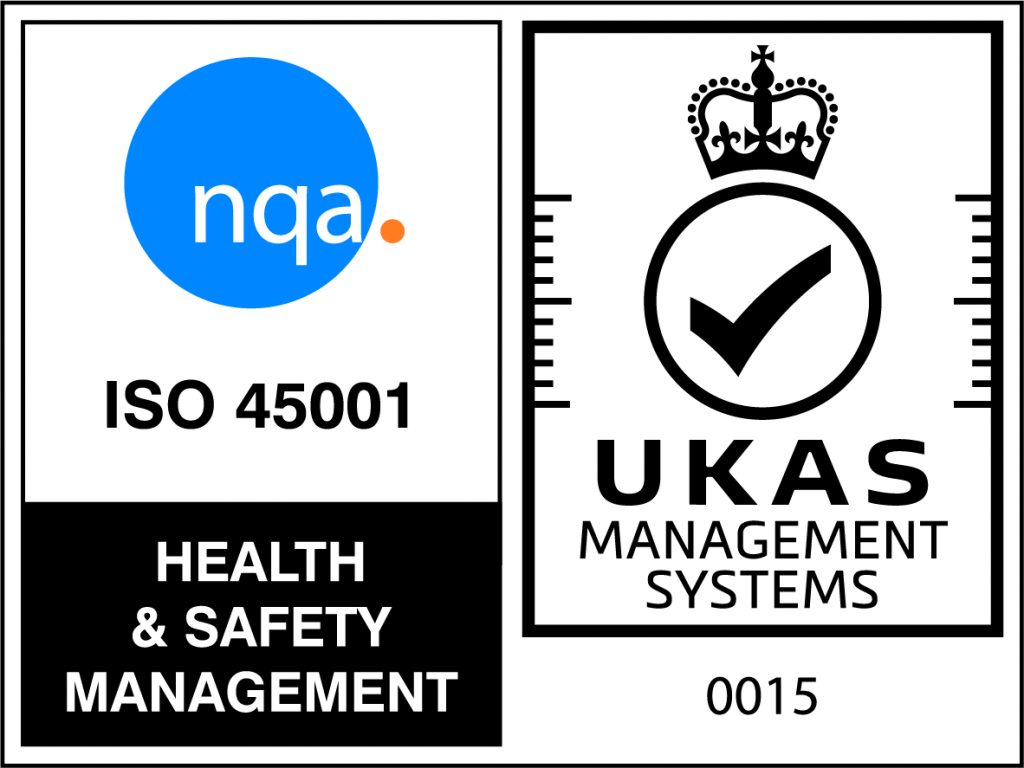Disabled by Circumstance: Widening our understanding and application of the social model of disability
The traditional model for understanding disability, referred to as the Medical Model of Disability, focusses upon the features or symptoms of a disabled person’s condition in order to define their disability. Of course, diagnostic medicine and treatment is enormously valuable; but it is not without its limitations. The medical model of disability is in many ways implicitly defeatist and rigidly fundamental. It frames disability in opposition to non-disabled individual in terms of incapacity, by the things a disabled person cannot do (fig. 1)
(fig. 1) The Medical Model of Disability, courtesy of Inclusion London, https://www.inclusionlondon.org.uk/disability-in-london/social-model/the-social-model-of-disability-and-the-cultural-model-of-deafness/
The Social Model of Disability, by contrast, reframes our understanding of disability, saying that it is instead inequitable physical, social and cultural conditions within our society which disables people. Rather than suggesting disabled people are necessarily incapable of doing certain things, the social model asks us to consider the ways in which disabled people are prevented from doing things by environments and attitudes which exclude them – or, in other words, renders them ‘disabled by circumstances’ (fig. 2).
(fig. 2) The Social Model of Disability, courtesy of Inclusion London, https://www.inclusionlondon.org.uk/disability-in-london/social-model/the-social-model-of-disability-and-the-cultural-model-of-deafness/
The case I wish to put forward is that in education, there are undoubtedly children ‘disabled by circumstances’ who fall outside of medical definition of disability but who equally require special support. Our country’s poorest children, those eligible for Free School Meals (FSM), are four times as likely to be excluded as those not eligible, and FSM-eligible students have seen their academic attainment trend downwards over recent years.1 Often these same children are those who, recognised or otherwise, have Special Educational Needs.
I am conscious that I am stepping into an arena of contended identities, where people are, understandably and reasonably, protective over language, their sense of self and community.
That said I think adopting the phrase “disabled by circumstance” is appropriate for three primary reasons:
Firstly, because the Social Model of Disability dictates that the environment rather than the individual is responsible for their ‘disability’, it opens up the opportunity to speak about disability (in terms of the barriers to life and learning that hold them back) without stigmatising the difference of individuals. Instead, it opens our eyes to many more ways in which environments ‘disable’ people. For children who experience Adverse Childhood Experiences (ACEs), victims of poverty, trauma or abuse, our classrooms and teaching professionals are often underequipped to provide sufficient support. It is undeniable that these individuals are less likely to achieve well in education and face further challenges later in life as a result. In Wales, a study suggested that individuals with four or more ACEs are 20 times more likely to have been incarcerated at some stage in their lives.2 In this sense, such individuals are ‘disabled’ in much the same way as those with medically recognised conditions if their specific needs are not recognised.
Secondly, because there is such an enormous overlap between circumstantial ‘disability’ and our more traditional conception of SEND. For example, of the UK’s youth justice population, it is estimated that as much as 70% have some degree of SEN.3 According to the Office of the Children’s Commission: ‘a black Caribbean boy eligible for free school meals who also has special educational needs (SEN) is 168 times more likely to be permanently excluded than a white British girl without SEN and not eligible for free school meals’.4 These figures illustrate that there are compounded systemic challenges facing individuals between traditional, medicalised notions of SEN and circumstantial factors. Indeed, the most common classroom issues regarding poor communication and “misbehaviour” are visible in students who have Adverse Childhood Experiences and those with medically recognised conditions such as ASD and dyslexia, and often because their underlying conditions are not adequately diagnosed early enough, and supported.
Thirdly, I believe the term ‘disabled by circumstance’ has value because the viable and effective solutions the issues are often the similar. The great strength of the Social Model of Disability is that it allows us to identify the barriers faced by disabled and neurodiverse people and to look for innovative solutions in order to help remove or alleviate them. By adopting the idea of individuals ‘disabled by circumstance’ it becomes clear that many of the same solutions can help individuals who are ‘disabled’ by other non-medical circumstances and factors. In our case, at Microlink, those solutions primarily take the form of assistive technology, tools which can remove or diminish barriers faced by ‘disabled’ individuals.
Now, clearly the work we do at Microlink cannot address the majority of social issues which produce the disabling conditions leading to poor academic attainment and exclusions. However, we can help to make the classroom a more equitable space that caters to the specific needs of our young people. There cannot be equality in classrooms when some children enter them from a position of significant disadvantage to their peers. What is required is equity, specific support to help those who require help the most in order to create a level playing field. Assistive Technology offers enormous potential to help support disadvantaged students who struggle with numeracy, literacy and communication. In doing so, it can help children ‘disabled by circumstances’, who so often feel left behind and overlooked, to build confidence and independence, while at the same time freeing up educators to unlock and emphasise these individuals’ talents.
As Nasser wrote in his own thought leadership piece, our system of education prepares young people in a way which, for better or worse, can shape their entire adult lives. By adopting the social model of disability in education, by understanding that some children are ‘disabled by circumstance’, we can identify the conditions that put certain children at a disadvantage and see how, in a great many cases, they are circumstances that are within our power to change.



 Back to News
Back to News

















